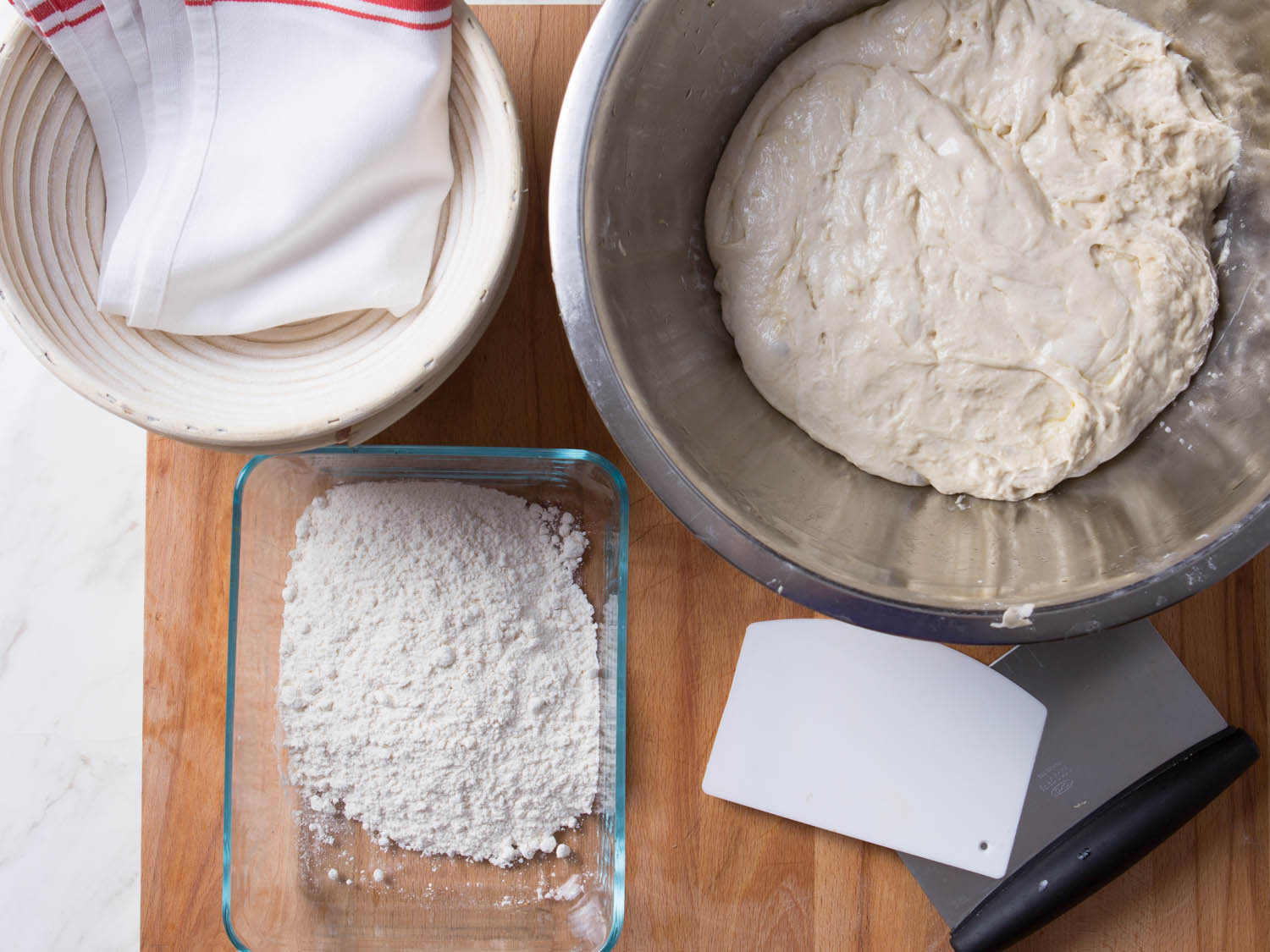Every baker recognizes fermentation is a necessary step in the bread baking process. However, what you may not know about this delicate stage of dough making could end up costing you flavor, texture and aroma in your end product.
By understanding the role of fermentation, its different stages and factors that influence fermentation, bakers will be better apt to achieve the quality results they are looking for.
Facts on Fermentation
In brief, fermentation refers to the chemical decomposition of complex organic compounds into simpler substances. With bread, this refers to the process where yeast converts sugar to carbon dioxide and alcohol in the absence of oxygen, causing dough to rise.
A shorter fermentation process leads to less taste, texture and quality. For instance, mass-produced bread is churned out quickly to produce large quantities for distribution, resulting in bread that is generally lacking in flavor. In these cases, a dough conditioner speeds up fermentation so that it just needs to be proofed. This step saves on time but does not allow for extended flavor and quality to develop through the fermentation process.
On the other hand, longer fermentation times will improve flavor and texture. With several careful steps and stages, the artisan bread process can take up to 48 hours, but the shorter mix times and slow fermentation add up to flavorful bread rich in aroma and texture.
In general, five stages comprise the fermentation process:
- Pre-ferment: An optional step, pre-ferment is the preparation made and fermented from a portion of the final dough, prior to mixing. Used for many artisan breads, it introduces flour, water, yeast and sometimes salt to a longer fermentation period before incorporation. This step enhances flavor and shelf life.
- First Fermentation: After adding the pre-ferment to the final dough, the first fermentation takes place; this can take as long as eight hours for artisan bread and as short as zero to 15 minutes for no-time dough.
- Second Fermentation: After the first punch, this second round takes place. In the case of Ciabatta bread, this may involve three or more stages.
- Proofing: After make-up or shaping, the bread is proofed and prepared for baking. This process can last anywhere from one hour to one day.
- Baking: Finally, the loaves of bread expand by means of yeast and steam during the baking process.
From basic no-time dough to convention dough to sponge & dough and artisan bread, fermentation times increase while mixing times decrease. The no-time dough and conventional or straight dough processes are typically used in retail and wholesale bakeries while the sponge and dough process is popular for wholesale breads and buns. The artisan fermentation process is now being adopted by some larger wholesale bakers using semi-automated or automated fermentation processes in addition to artisan and local bakeries.

Factors Influencing Fermentation
While a variety of factors—flour absorption, yeast level and processing method, among others—affect the fermentation process, ultimately time and temperature equal quality and consistency.
Fermentation time begins almost immediately after adding water to flour and does not stop until the dough reaches a temperature above 135 degrees, killing the yeast. Oven temperature, naturally, is a key ingredient, but the temperature of the room, flour, water or other dough additions, dough storage area and proofing cabinet will also influence the success of this process.
That’s why with proofing, a common problem is relying on a timer. When baking outside of a wholesale situation, bakers really need to be in tune with their dough. It is less about control and more about touch and feel, so it takes practice and training to perfect this process.
Bakers can tell when dough is fully proofed by pressing a finger into the dough and ensuring that the fingerprint remains.
Ultimately, bakers need to control their dough and not let their dough control them. It’s all about trial and error. While formal training helps, bakers really just need to get into the kitchen and practice.
